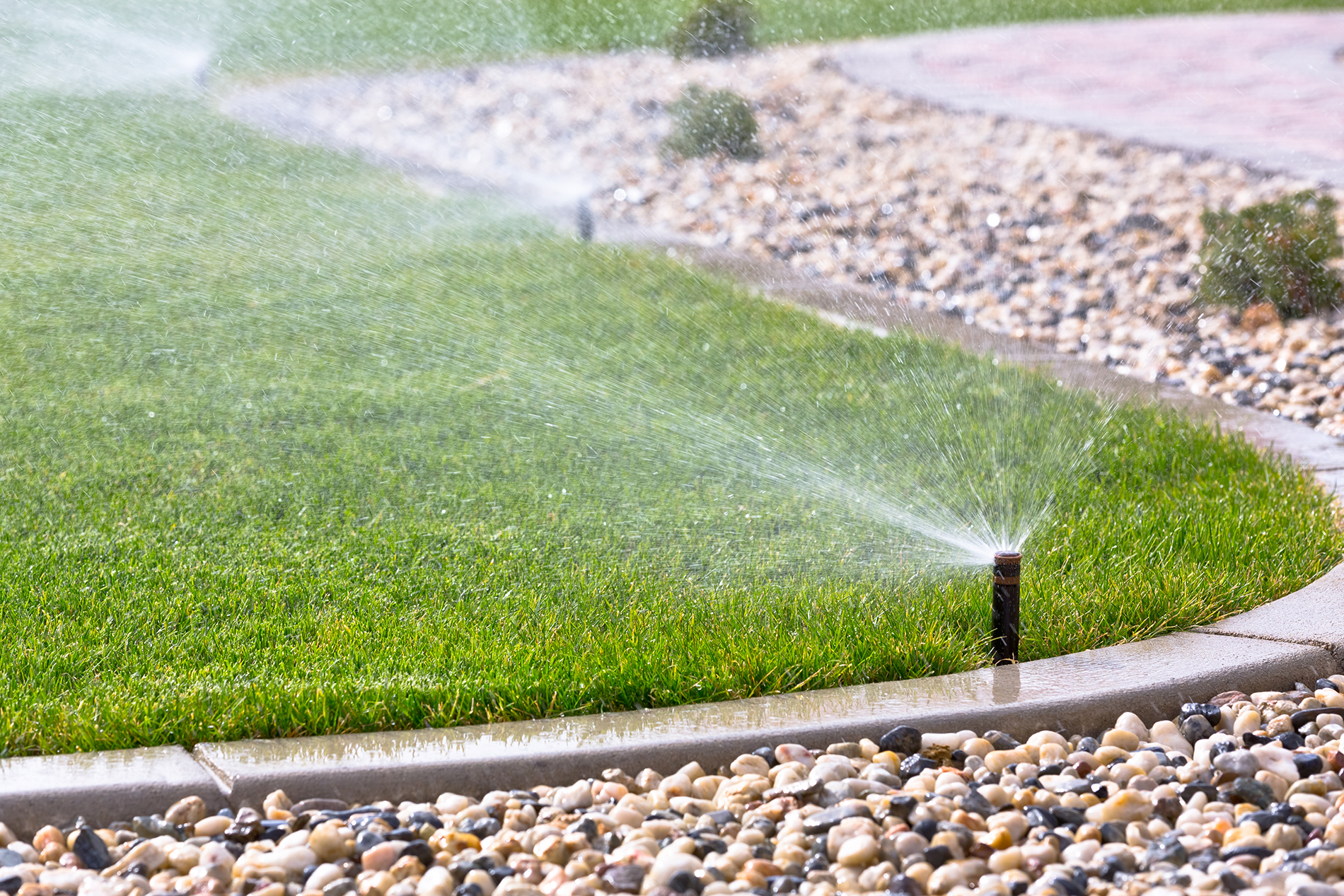Here in Fairfield County, you can’t rely on Mother Nature to keep your lawn looking lush and green. Don’t assume that your landscaping service will know how to best irrigate your lawn or field. It’s best to contact a lawn irrigation specialist in order to ensure your lawn gets exactly the right amount of moisture. Help your lawn irrigation professional help you by following these steps.
Contact Your County Clerk
You may need a permit in order to get a lawn sprinkler system. There may be other local restrictions you need to follow, especially if an area prone to draughts. If your county clerk can’t help you, try your water company. If you already hired a lawn irrigation system specialist, ask him or her about permits and if the company can get the permits for you.
Check Your Water Pressure
Your irrigation system will be hooked up to your home or business’ water supply. There needs to be enough pressure in your pipes in order to move enough water into the irrigation system. Your pipes need to have a pressure that is at least 40 pounds per square inch (psi.) 50psi is even better. You can find out the water pressure by:
- Asking your water company if they know what your pipes’ water pressure is
- Buying, renting or borrowing a water pressure gauge. Turn off all inside faucets. Take the water pressure gauge to an outdoor spigot and screw it on. Turn the water on and record the readings. Take a few readings at different times of the day in order to determine the average PSI.
Check Gallons Per Minute
Now that you know your water pressure, you need to know how quickly water flows through your pipes. This rate is called gallons per minute (GPM). If you do not have time to figure this out, your irrigation specialist will be happy to do it for you. All you need to do is:
- Get a one gallon container like an empty milk bottle
- Get a watch with a second hand
- Take both to an outdoor spigot
- Turn on the water
- Time how long it takes for the water to fill the gallon container. If it takes more than a minute, divide the total number of seconds by 60 to get your property’s GPM.
Draw a Map of Your Property
Make a rough map of your property. Pretend you are God looking down on your property from above. You can use graph paper or unlined paper. It’s best to measure your property when making a sketch, but even if you don’t have the time to do this, a rough sketch will still help.
Include in your sketch:
- Your home or office (a simple rectangle or square will do)
- Driveways
- Any outbuildings like sheds, flagpoles or gazebos
- Areas of lawn
- Locations of bushes, gardens or trees
- Where outside spigots are (are they on walls? Or are they located away from your home?)
Give the sketch to the irrigation installation professional and let them take it from there.


